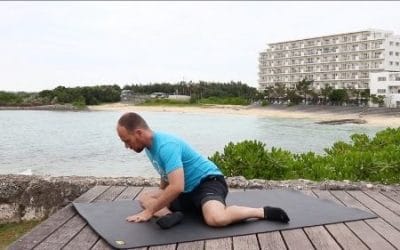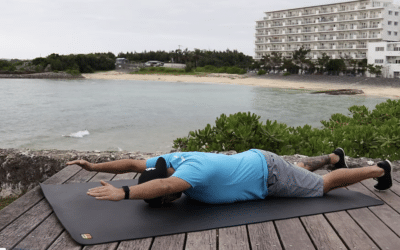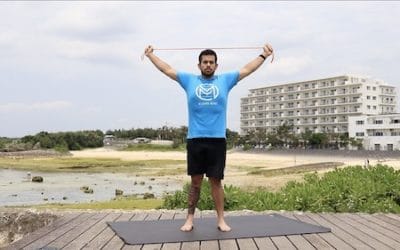Jefferson Curl
Jefferson Curl
The Jefferson curl is a highly effective exercise that emphasizes flexibility, strength, and mobility in the posterior chain, particularly the hamstrings, lower back, and spine. By holding a weight while slowly bending forward through each vertebra of the spine, this movement creates a deep stretch that improves spinal articulation and strengthens the muscles along the entire back.
Athletes and fitness enthusiasts will find the Jefferson curl particularly useful for improving hamstring flexibility and core stability. It promotes functional movement patterns and mobility crucial for sports like weightlifting, gymnastics, and yoga. By carefully controlling the movement, you can safely build strength and flexibility, making it an excellent exercise for preventing lower back injuries and correcting posture.
While this exercise requires proper technique to minimize injury risks, it can be adapted to different fitness levels by adjusting the weight or range of motion. Incorporating the Jefferson curl into your routine will help you achieve a more flexible posterior chain, increase spinal mobility, and enhance overall movement quality.
Equipment Needed
None
Jefferson curl Instructions:
- Stand with feet close, toes pointed forward
- Being the movement by tucking your chin and curling your neck. Focus on bending one segment of your spine at a time
- Continue down the spine, rounding your shoulders in so your hands can stay flat on the front of your thighs as you descend
- As you lean forward you will need to shift your hips back (like a deadlift) to stay balanced
- Contract your abs firmly through the whole movement and focus on each segment as you bend forward
- Go as far down as you can then return to the top following the same instructions in reverse. Even in reverse make sure to be flexing your abs firmly.
Common Errors with the jefferson curl
- Not contracting your abs enough. The abdominal muscles are responsible for bending your spine so to get each segment to move you will need to create a lot of tension.
- Going too fast. This is a difficult movement and many people rush through it thinking that they have completed a rep. Slower is always better with this exercise.
Progressions / Regressions:
If this is too challenging:
- N/A
If you want more of a challenge:
- N/A
Related Exercises
90/90 Hip Stretch
90/90 Hip Stretch90/90 hip Stretch The 90/90 hip stretch is a powerful exercise designed to improve hip mobility, flexibility, and overall lower body function. This stretch targets the hip internal and external rotators, and the glutes, making it ideal for athletes...
Prone Angel
Prone AngelProne Angel The prone angel is a powerful exercise designed to improve upper back strength, shoulder stability, and overall posture. Performed while lying face down, this movement mimics the motion of making snow angels. It specifically targets the scapular...
Band Pass Through
Band Pass ThroughBand pass through The band pass through, also known as the band shoulder pass through, is an effective exercise designed to improve shoulder mobility, flexibility, and stability. This exercise involves using a resistance band to perform a controlled,...



